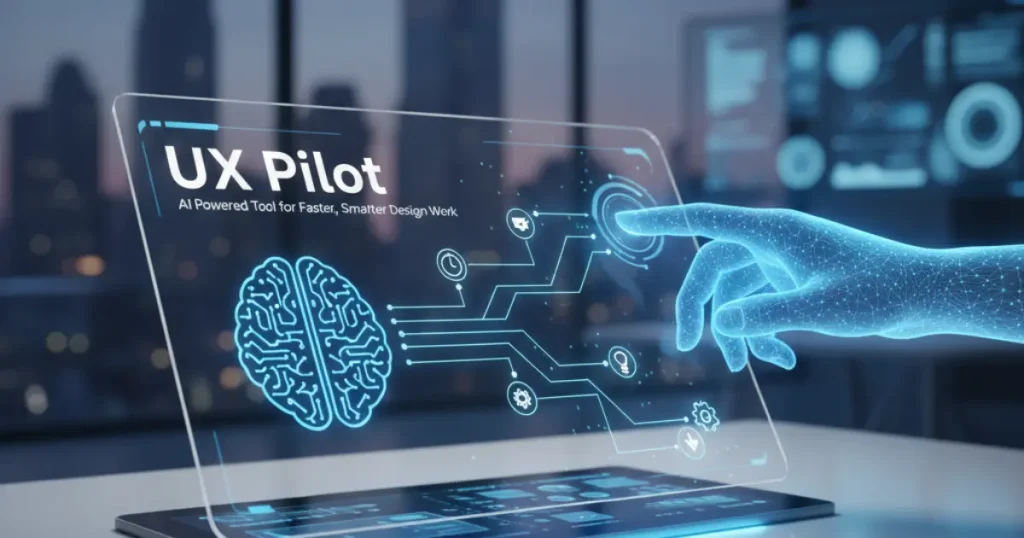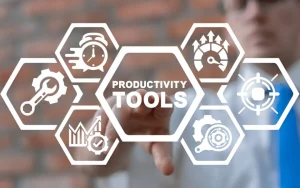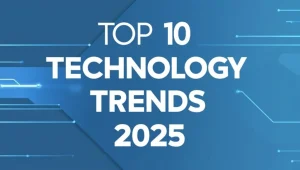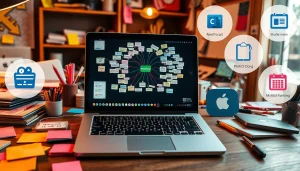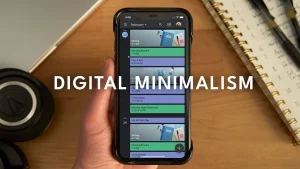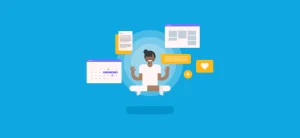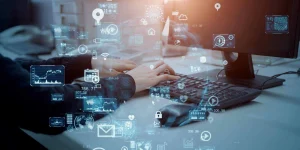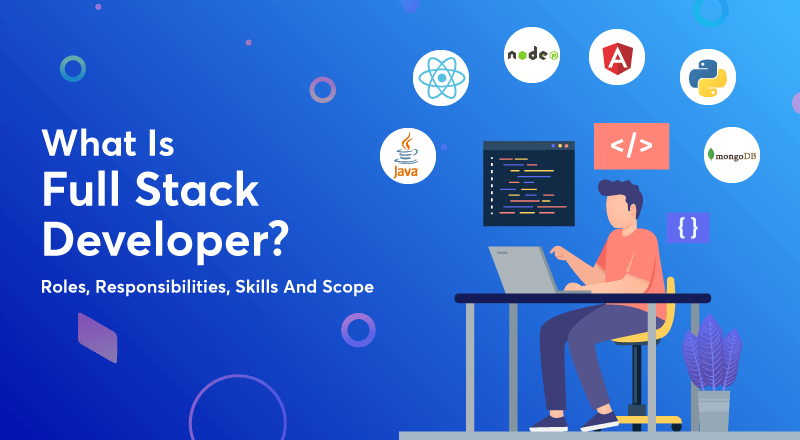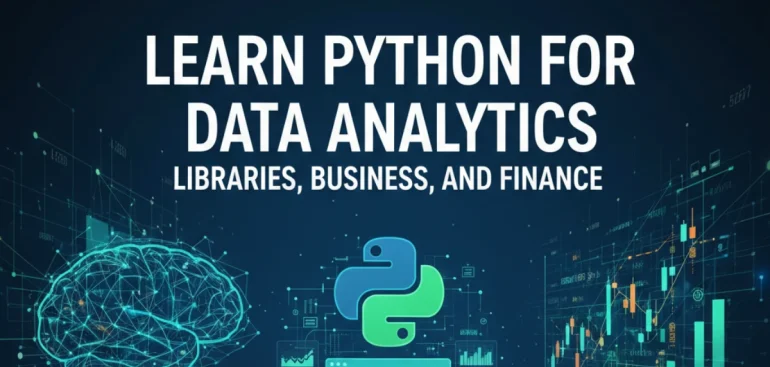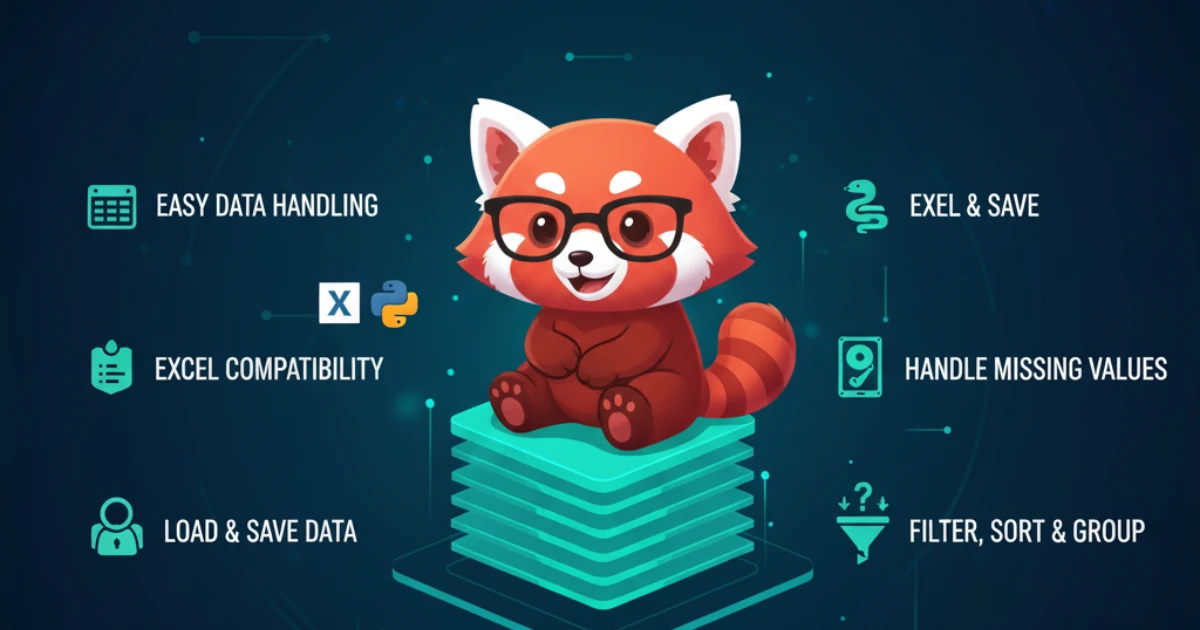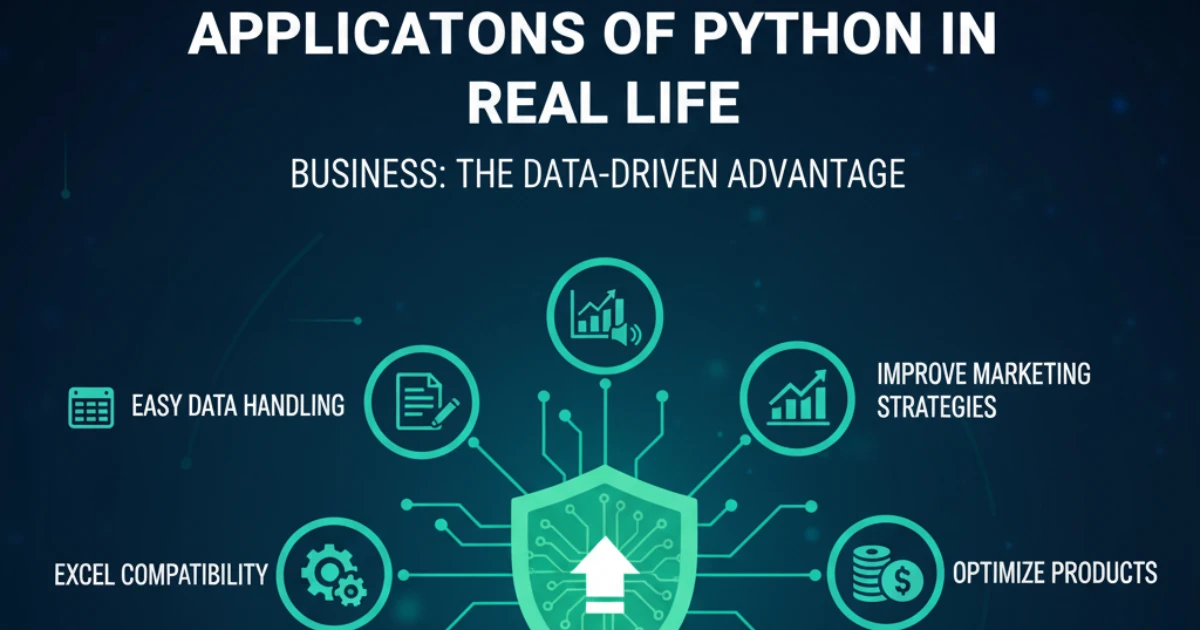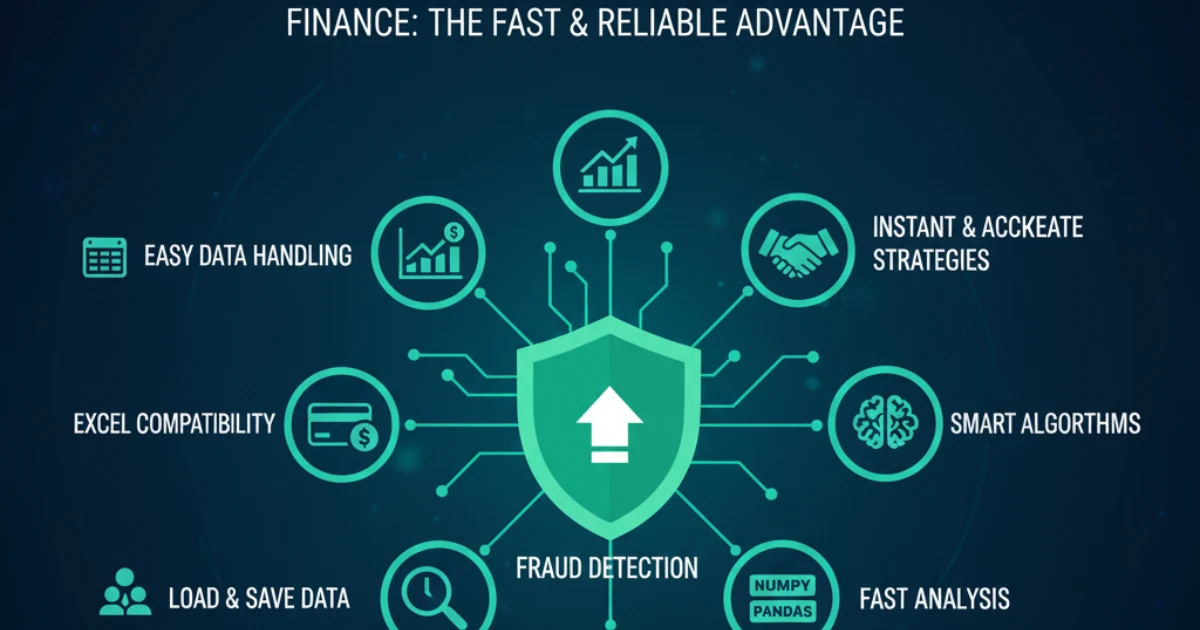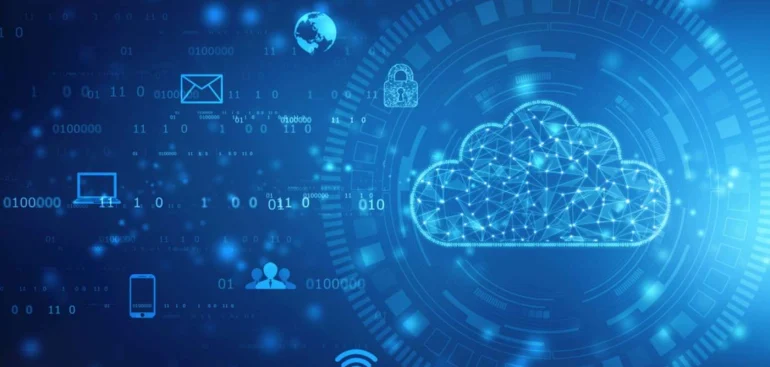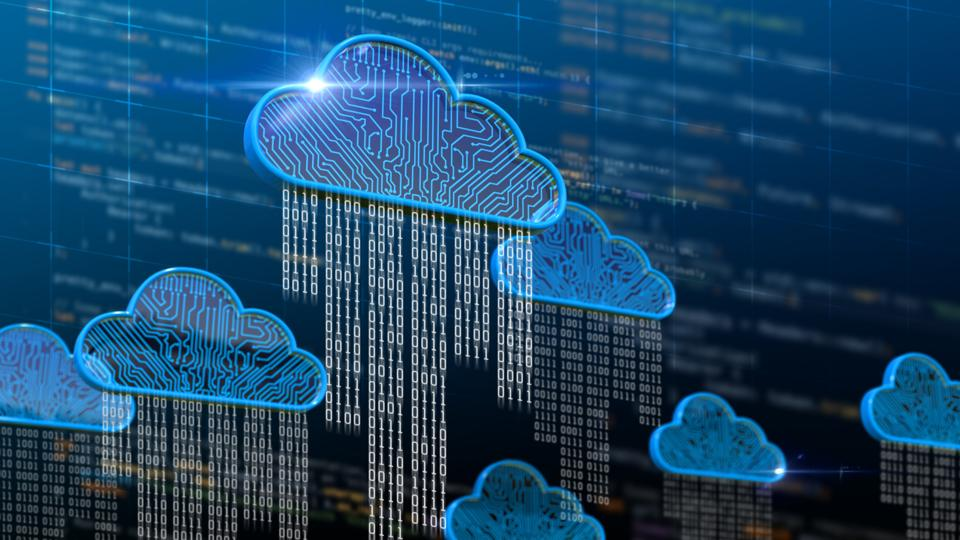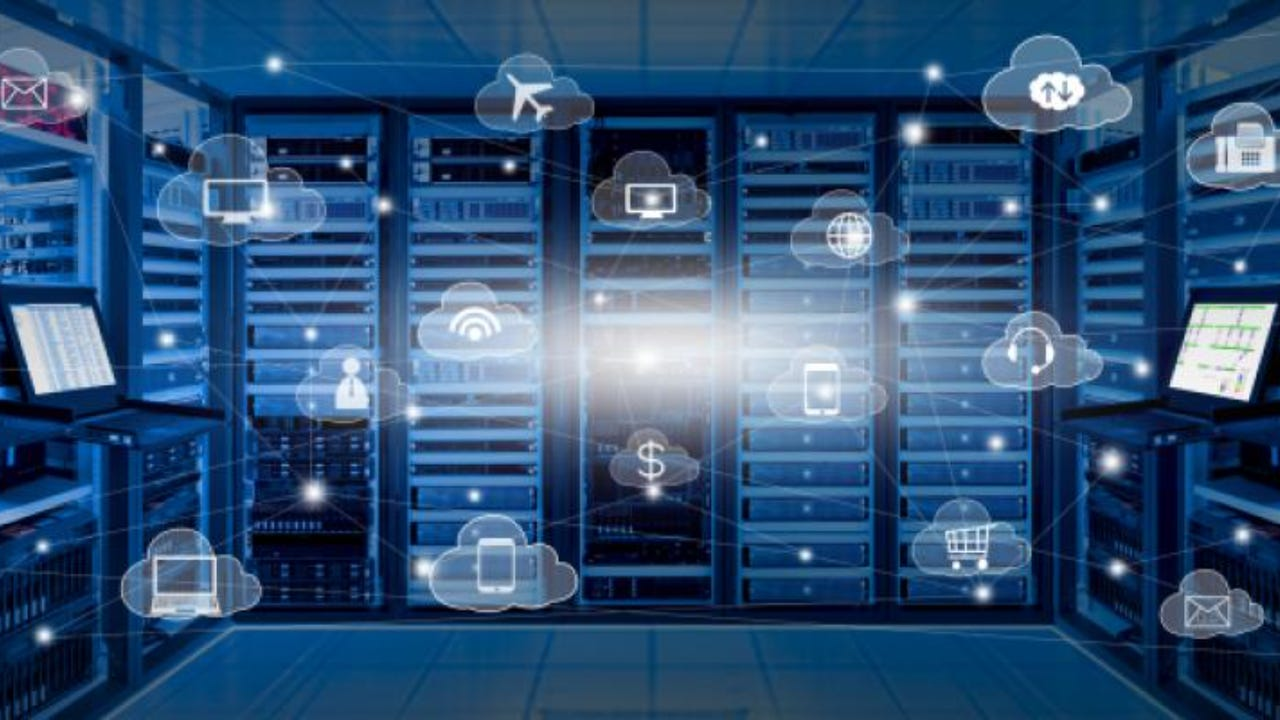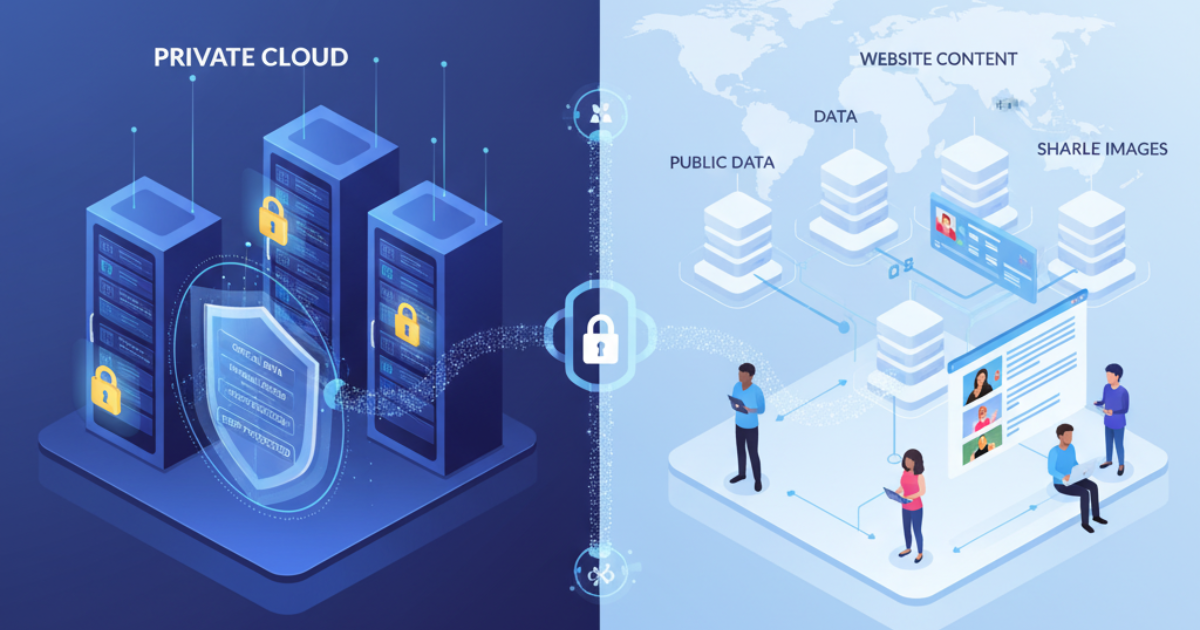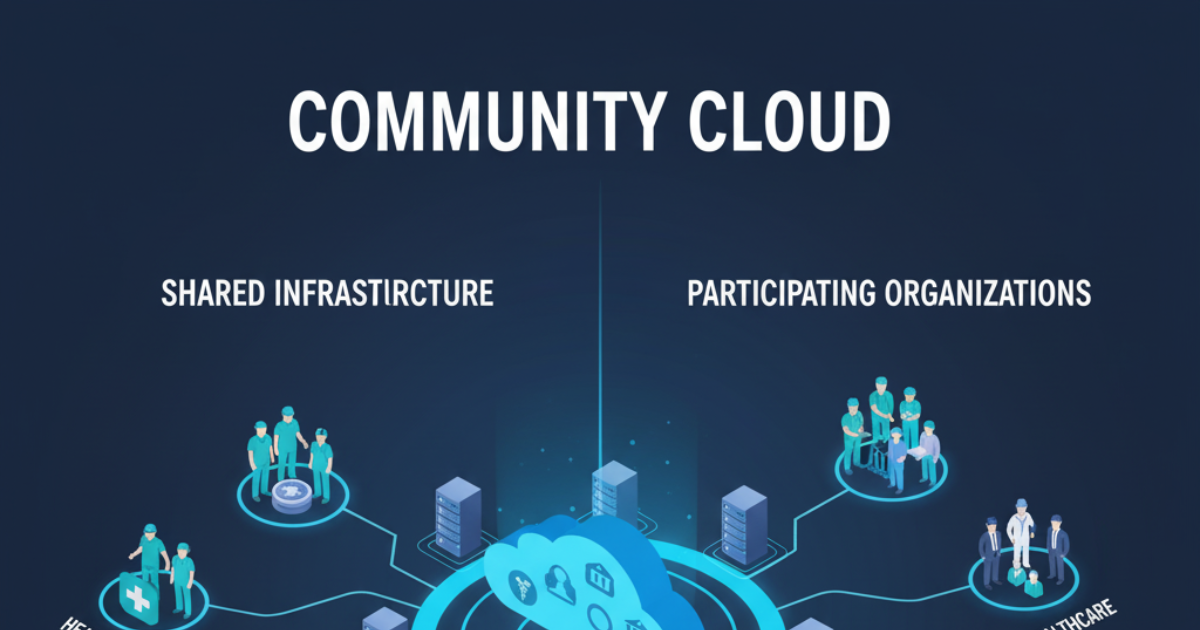Friends, this is a course through which you can brighten your future to a great extent. Through this, you learn a programming language through which you get a way to talk to the computer. In this, you get to know well how to design the entire website. You handle the front-end as well as the back-end in this.
A full-stack developer solves problems and handles the website well and making the website fast and smooth. Let me tell you that there is a huge demand for full-stack developers in the market today. Every company has a high demand for them. So, quickly learn about them through this article and get started on your career.
What is a Full Stack Developer?
Let me tell you what a Full Stack Developer is. The one who has created so much noise in the market and is gaining so much demand. Look, this person knows how to create and handle the entire website. This person can create the website and any application himself because he knows everything from the front-end to the back-end. He not only sees everything on the user screen but also looks after the background things like data, server, logic, etc.
Now think for yourself, if the person who does all the work doesn’t need them, wouldn’t the company need them? Their demand in the market is increasing day by day.
What You Learn in a Full Stack Developer Course:
As I told you, if you learn this, then you are taught everything from the layout of the website to how it will work, meaning everything from front-end to back-end is taught. Due to which you do the process of making the entire website yourself, till handling it. In this, you learn HTML, CSS, JavaScript, and React or Angular for frameworks. With its help, you can make such a beautiful website. Only then will you be called a full-stack developer.
You won’t be referred to as a full-stack developer till then. You are now being taught languages like PHP, Python, and Node.js in the backend. So now stop thinking and start working towards becoming a developer. Once you become one, your whole life is set.
Benefits of Doing a Full Stack Developer Course:
High-Demand Jobs:
The biggest advantage of the Full Stack Developer course is that it has high-demand jobs in the market. Once you complete this course, all the doors of your career open up for you in the market. Your future is absolutely bright. You become industry-ready and career-secure when you become a Full Stack Developer, which opens up opportunities for ongoing growth.
Without any delay, start preparing yourself for high-demand jobs from today itself. This will not only brighten your future but will also gradually make your life simple and luxurious. Without any further delay, start preparing yourself for this today itself.
Multiple Skills:
Guys, its second biggest advantage is that you can learn multiple skills through this course. First, you learn the language for the front-end, then for the framework, and after that, you learn the language for the back-end. There is always a job ready for a full-stack developer in some or the other field. He gets a job very easily in any company without any tension. Firstly, due to his multiple skills, his demand is very high in every company. That is why this course is perfect for everyone, and there is a lot of demand for it in the market.
Conclusion:
Let me tell you, guys: this course is so dynamite that it might have a huge impact on your future. You just have to keep practicing it daily with full dedication. One day, you will make not only your present but also your future a blast. I am giving 100% assurance of this. This is a very good career option for all of you. Everyone can learn this; you don’t need to have a high qualification for this. You simply have to focus entirely on it and keep going. Allow me to briefly explain. You will then need to put it into practice on your own.






